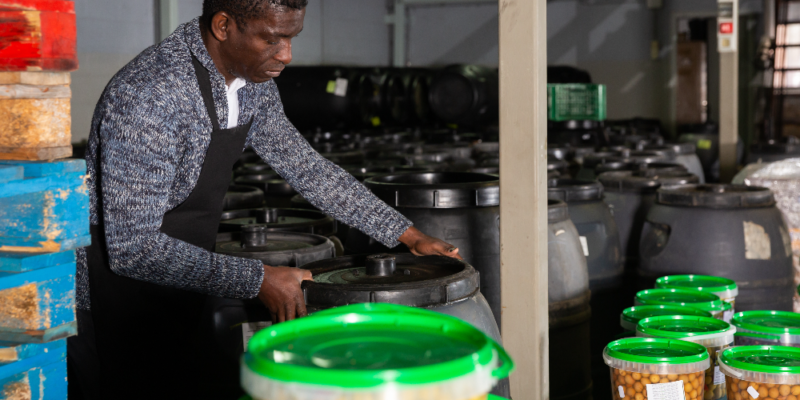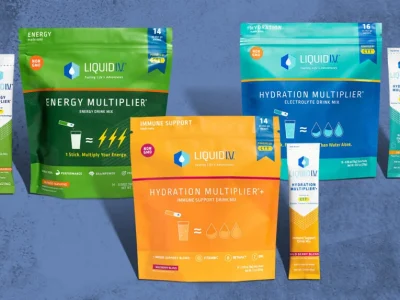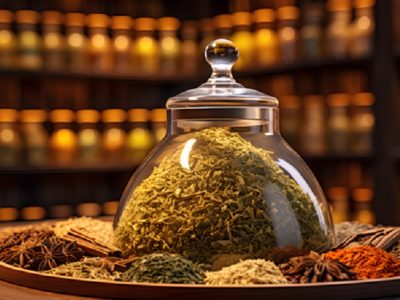The makers of food-grade tanks, CedarStone Industry, explain that these tanks are not solely for the transportation or storage of food items. While they are perfect for storing both liquid such as water and foods such as grain, sugar, oats, and flour, they can also be used to house a variety of chemical products such as soap, solvents, oils, and glue. But what else can you use these high-quality versatile units for?
How to Make the Most of a Food-Grade Tank
Since food-grade tanks tend to be quite large, they can be used for a variety of purposes. For example, if you are a keen beer brewer, you could use one of these units for the fermenting part of the process. The ability to seal the tank completely is perfect for alcohol fermentation, as is the fact that these tanks will not react with the acid produced during the process.
Some people have become even more creative when finding other uses for their tanks. Converting one of the large plastic tanks to a rabbit hutch by cutting a large hole in the front and replacing it with a metal grate is a fabulous way to keep a pet rabbit sheltered.
Some people even use their plastic tanks to grow vegetables. The food-grade material used in their original construction is the perfect place to grow a variety of produce that will not only help you do your bit for the environment but also save the pennies. Alternatively, you could use your tank as a composter. The tank will need to have small holes in the side to allow for air, but then all you will need is to cut a hole in the top for a lid and then place old fruit and vegetable peelings as well as garden materials such as twigs and leaves inside and wait for the magic to happen. Try to include equal amounts of green and brown material as both are needed for nutrient-rich compost. You can even add eggshells, woodchips, and fireplace ashes.
As food-grade tanks are cube-shaped, they can be easily stacked on top of each other, making them perfect for a variety of different uses. How creative you get with your food tanks is only limited by your imagination.
How to Put a Food-Grade Tank to Good Use
If you are not particularly creative and want to use your food-grade tank in a more conventional way, you can find plenty of uses for it. For example, instead of simply filling it with tap water, how about using it to collect rainwater? A food-grade tank is larger than the standard water drums typically used for rainwater collection. Moreover, because they already come with nozzles, they make it easy to access the water you have collected.
With fuel prices rising, some people are using their food-grade tanks to store a variety of fuel types including gasoline, diesel, ethanol, crude oil, natural gas, and butane. This type of fuel storage is also appealing to those who live in remote areas but who need to have fuel on hand. Factories, garages, industrial facilities, racetracks, and mechanics would all benefit from these tanks.
Another use of food-grade tanks is for the storage and disposal of oil, which makes them perfect for those in the catering and hospitality industries. A large food-grade plastic tank can be the perfect place to dispose of used cooking oil before it can then be transported to a designated waste disposal site. This prevents old oil from clogging up pipes and creating fatbergs in municipal sewerage systems.








Comments